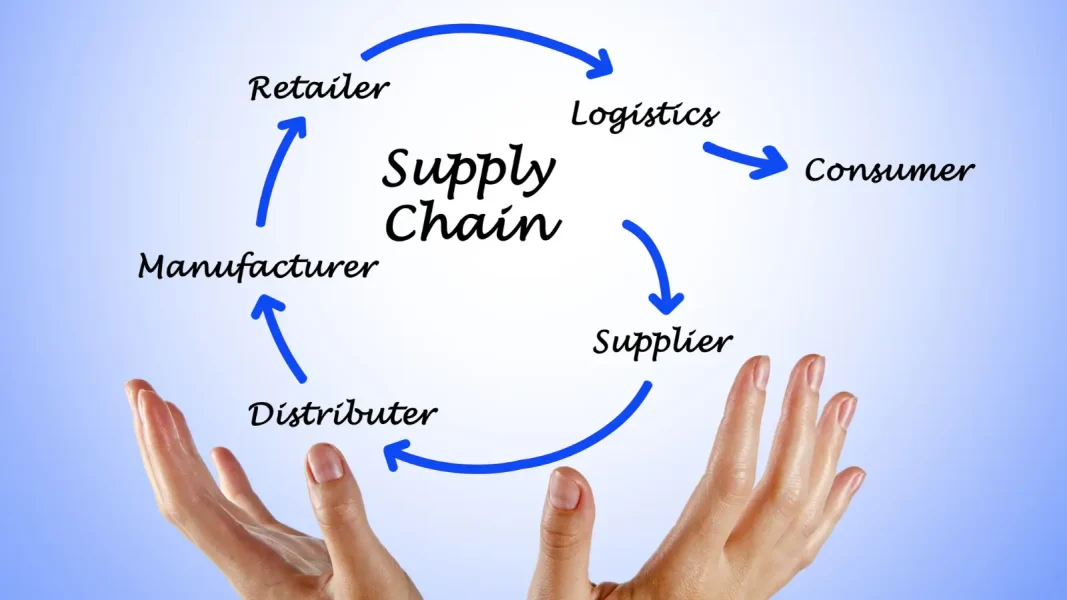In a context where demand volatility is very high, the automation of planning processes is becoming a necessity for companies seeking to remain competitive and agile in a rapidly changing environment.
This article aims to provide a comprehensive five-step guide for retail supply chain experts considering automating their planning process.
Drawing on years of experience and industry best practices, we’ll break down each step of the process, with a focus on retailer-specific considerations, to help supply chain professionals successfully transition towards automation.
II. Step 1: Assessment of needs and objectives
A. Analysis of existing supply chain planning processes:
- Retail supply chain experts must perform an in-depth analysis of existing processes, examining each stage of planning, from procurement to delivery.
- This analysis may involve stakeholder interviews, systems and data audits, and on-site assessments at warehouses and retail locations.
- The goal is to understand precisely how decisions are made, the factors that influence those decisions, and the challenges encountered in the current process.
B. Identification of automation objectives:
- Experts should set clear and specific goals for automation, focusing on areas where it can bring the greatest impact.
- These goals may include improving the accuracy of demand forecasts, reducing delivery times, lowering inventory costs, or optimizing inventory levels.
- It is important that these goals are aligned with the company’s strategic priorities and that they are measurable to assess the success of automation.
III. Step 2: Selection of Appropriate Tools and Technologies
A. Study of the different automation solutions available on the market:
- Experts should conduct an exhaustive search of available automation solutions, taking into account the diversity of offerings on the market.
- They should examine the capabilities of each solution, such as forecasting capability, order management, transportation planning, etc., to determine their fit with the needs of the retail supply chain.
- Comparing benefits, costs, and integrations with other systems is essential to making an informed decision.
B. Evaluation of functionality, usability and integration with existing systems:
- Experts should evaluate the usability of each solution, considering user experience and ease of learning.
- Integration with existing systems is critical, as a solution that cannot communicate effectively with other supply chain tools can lead to inefficiencies and data issues.
- Analyzing specific features, such as customization capability, advanced analytics tools, and customer support, is also important to choose the most suitable solution.
IV. Step 3: Implementation and customization of the solution
A. Planning the deployment of the automation tool:
- Experts should develop a detailed plan for deploying the automation solution, determining the necessary steps, required resources and timelines.
- It is essential to consider operational constraints and ensure that deployment occurs seamlessly, minimizing disruption to existing operations.
B. Customization of the solution to meet the specific needs of the retail supply chain:
- Solution customization is often necessary to meet the unique needs of the retail supply chain, such as promotions management, sales seasonality and delivery requirements.
- Experts should work closely with solution providers to configure and adapt the solution according to these specific needs, ensuring that it remains flexible and scalable to respond to future changes.
This implementation step is critical to ensuring the success of planning automation, ensuring that the solution is properly configured and optimized to meet the specific needs of the retail supply chain.
V. Step 4: Staff training and solution adoption
A. Training teams in the use of the automation tool:
- Supply chain experts should develop a comprehensive training program to familiarize employees with using the new automation solution.
- Team training should be tailored to different levels of skill and responsibility, providing practical sessions and detailed training materials.
- It is important to emphasize hands-on learning and application of concepts in real-world planning scenarios to ensure a thorough understanding of the solution.
B. Promoting adoption of the solution at all levels of the organization:
- Experts must create an effective communications plan to promote adoption of the solution at all levels of the organization.
- It is essential to highlight the benefits of scheduling automation, such as improving operational efficiency, reducing costs and optimizing inventory levels.
- Active participation from senior management and management is also important to support and encourage adoption of the solution at all levels of the business.
VI. Step 5: Continuous evaluation and optimization
A. Monitoring automation tool performance:
- Experts should implement monitoring mechanisms to track and evaluate the performance of the scheduling automation solution.
- This may include creating performance dashboards and regular reports to monitor key metrics such as forecast accuracy, inventory levels and delivery times.
- Performance monitoring will identify potential issues and opportunities for improvement, thereby guiding continuous optimization efforts.
B. Identification of improvement opportunities and continuous adjustment of the automated planning process:
- Experts should hold regular meetings to review the results of automated planning and discuss lessons learned and best practices.
- They should also work closely with solution providers to explore updates and new features that could further improve performance.
- Long-term commitment to innovation and continuous improvement is essential to ensure the retail supply chain remains competitive and agile in a constantly changing environment.
This final step of continuous evaluation and optimization is crucial to ensure that planning automation remains effective and relevant in the evolving retail landscape. By regularly monitoring performance, identifying opportunities for improvement, and continually adjusting processes, experts can maximize the benefits of scheduling automation for their business.
– – – – – – – – – – – – – – – – – – – – – – – – – –
Automated planning represents a transformative opportunity for retail supply chain experts, offering the possibility of improving operational efficiency, reducing costs and optimizing stock levels to meet the demands of a constantly changing market.
By carefully assessing business needs and objectives, selecting appropriate tools and technologies, implementing and customizing the solution, training staff and promoting adoption at all levels of the organization, supply chain professionals can lay the foundations for successful planning automation.
In an increasingly competitive and dynamic retail market, scheduling automation has become imperative for businesses wishing to stay ahead of the race. By following the steps outlined in this guide and remaining committed to innovation and continuous improvement, supply chain professionals can transform their business and ensure long-term success in an ever-changing world.






